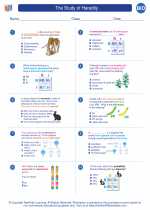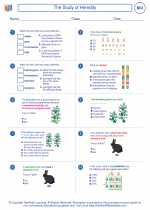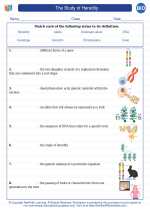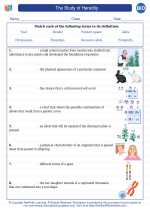What is Coal?
Coal is a combustible black or brownish-black sedimentary rock formed from the remains of plant material that has been compressed and hardened over millions of years. It is a fossil fuel and is the largest source of energy for the generation of electricity worldwide.
Formation of Coal
Coal is formed from the remains of plants that lived and died in swampy environments millions of years ago. As these plants died, they sank to the bottom of the swamps and were covered by layers of sediment. Over time, the plant material was subjected to heat and pressure, which caused it to undergo physical and chemical changes, eventually forming coal.
Types of Coal
There are four main types of coal: lignite, sub-bituminous, bituminous, and anthracite. These types differ in their carbon content, energy content, and use.
- Lignite: It is the lowest quality and moisture content coal, often referred to as brown coal. It has the lowest energy content of all coal types.
- Sub-bituminous: This type of coal has a higher energy content than lignite and is used primarily for electricity generation.
- Bituminous: Bituminous coal is the most abundant and widely used coal. It is used for electricity generation and for the production of steel and cement.
- Anthracite: Anthracite is the highest rank of coal and has the highest carbon content and energy density. It is used primarily for heating and in the production of steel.
Uses of Coal
Coal has a wide range of uses, including:
- Electricity generation
- Steel production
- Cement manufacturing
- Heating and cooking
- Chemical production
Environmental Impact
The burning of coal releases pollutants such as sulfur dioxide, nitrogen oxides, and carbon dioxide, contributing to air and water pollution and climate change. Coal mining can also have significant environmental impacts, including habitat destruction and water pollution.
Study Guide
When studying coal, consider the following key points:
- Understand the process of coal formation and the factors that influence the formation of different coal types.
- Learn about the properties and uses of each type of coal.
- Examine the environmental impact of coal mining and combustion, and consider alternative sources of energy.
- Explore the historical and cultural significance of coal as a fuel source.
Conclusion
Coal has been a major source of energy for centuries, but its use has significant environmental implications. Understanding the formation, types, uses, and environmental impact of coal is essential for making informed decisions about energy production and consumption.
[Coal] Related Worksheets and Study Guides:
.◂Biology Worksheets and Study Guides High School. The Study of Heredity

 Worksheet/Answer key
Worksheet/Answer key
 Vocabulary/Answer key
Vocabulary/Answer key
 Vocabulary/Answer key
Vocabulary/Answer key
 Vocabulary/Answer key
Vocabulary/Answer key
